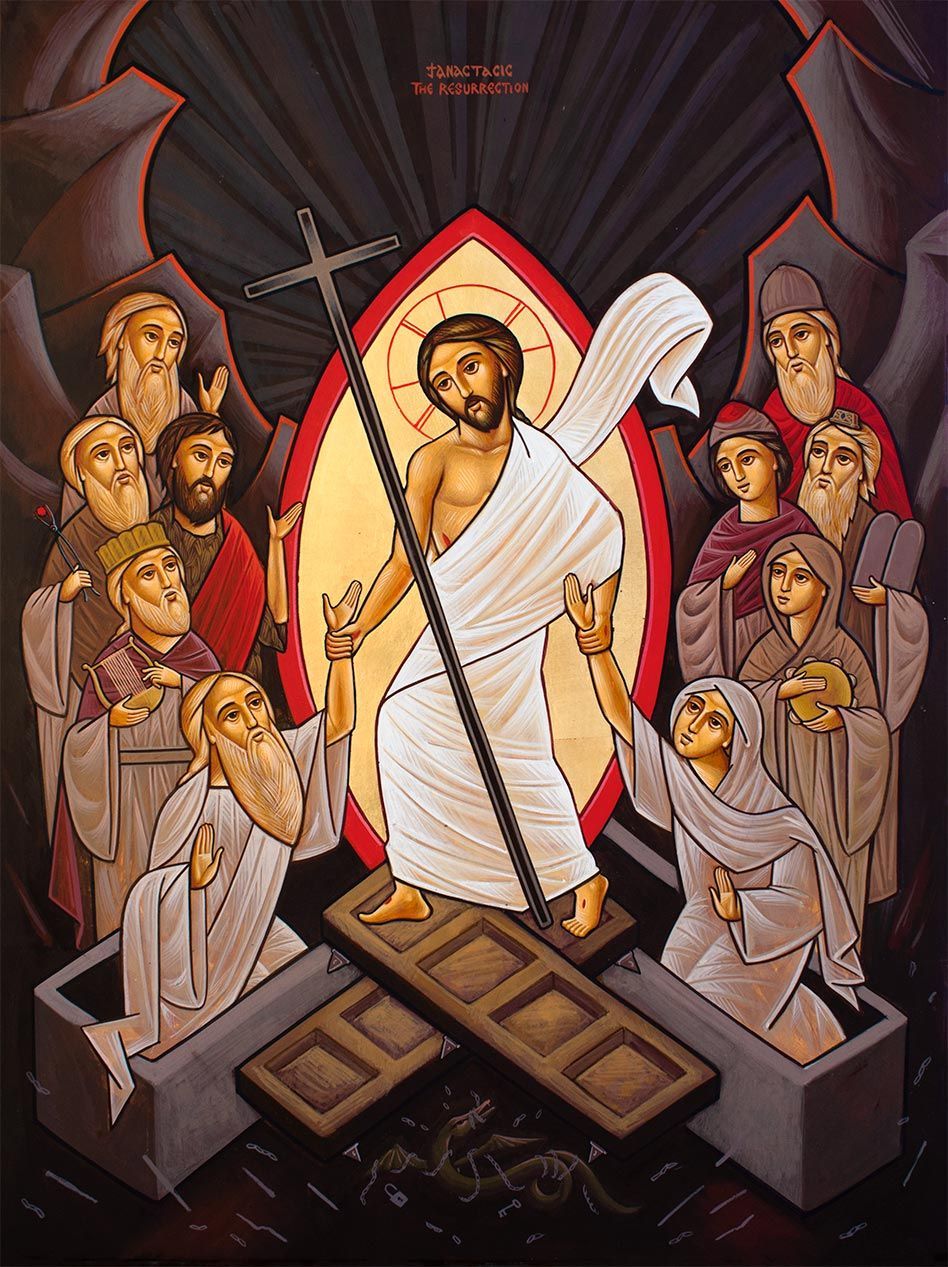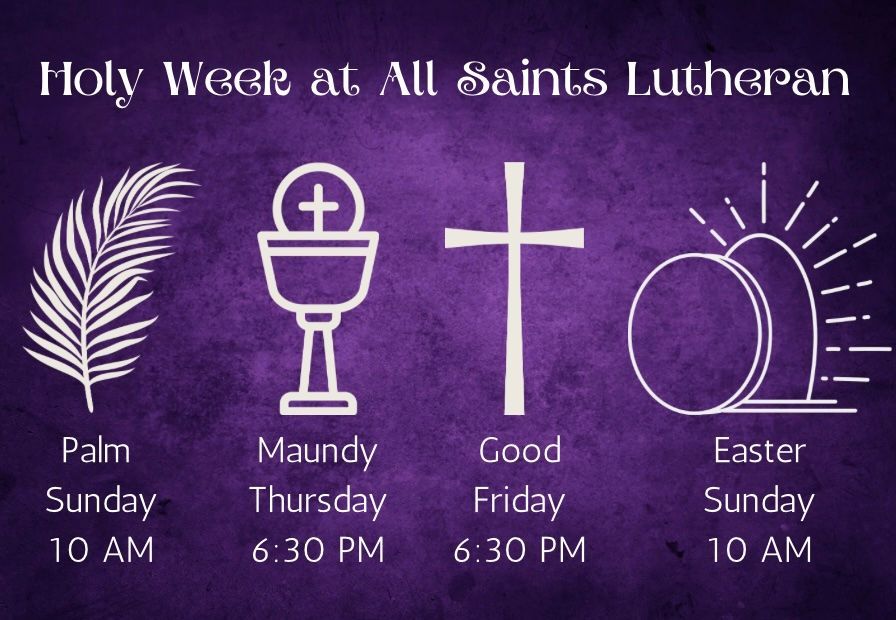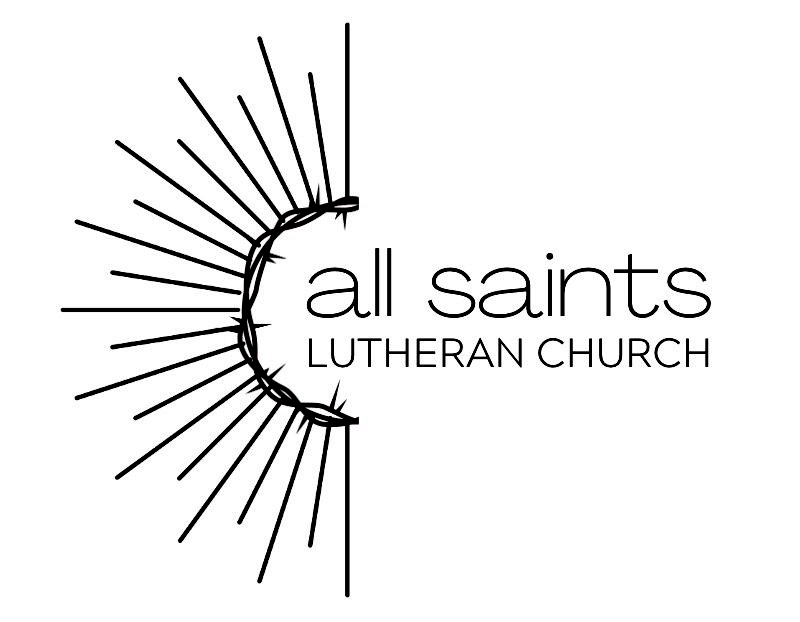Core Values: Generosity, November 19, 2023 (Luke 10:25-37)
We are taking a short,
three-week break from the lectionary
to examine our congregations core values,
those guiding principles
that tell us who we are,
and challenge us to become even more ourselves.
These core values are Hospitality,
Generosity,
and Solidarity.
Last week we heard the story of Abraham
welcoming three strangers
beneath the oaks of Mamre,
because Abraham recognized these others,
these guests,
as God in disguise.
We focused our attention here,
to this Icon,
that is both a representation
of the hospitality of Abraham,
and an analogy of the Holy Trinity,
three guests; one God.
We are surrounded in this room
by many icons,
by the images of the stations of the cross,
the major events in the immediate lead up
to Jesus’ crucifixion.
We have seen the icon of the incarnation,
with the Virgin Mary encircling the Child Jesus,
where Mary gets the ancient title,
theotokos,
the God-bearer, or the Mother of God.
We use this icon in the season of Advent
to remind us that we are all God-bearers,
bearing in our own bodies
and birthing into the world
the sacred body of Christ.
We say have seen this icon in the season of Easter
called apokatastasis,
or in English,
the harrowing of Hell.
Here is a depiction of Christ,
in his own death,
descending to the dead,
where he does not lie in wait,
but is actively destroying death from the inside.
Here Jesus stands on the broken gates of Hades—
in Greek,
Sheol, in Hebrew,
and often mistranslated as Hell in English—
having won the victory over sin, death,
and the devil—
who you can barely see beneath the broken doors.
Jesus is raising from their tombs
Adam and Eve,
taking humanity itself by the hand
to lead it to eternal life.
These three are surrounded by Abraham,
and Sarah,
by Moses and Elijah,
and several other matriarchs and patriarchs,
waiting to be lead from the clutches of death
into the splendor of the presence of God.
In the tradition of the Eastern Church,
icons come from a pre-literate tradition,
when the vast majority of the faithful
could not read.
These images then,
are “windows to heaven,”
as they say,
a portal through which the Church on Earth
may catch a glimpse
of the Church Triumphant,
that we might be drawn into wordless contemplation
of the things of God,
that our imaginations might be enamored
of a world that is not beyond our reach,
but within it
if we could only come to perceive it.
As your pastor,
it is a primary function of my office
to communicate the good news to you,
“through available channels of effective communication”
as our constitution puts it.
There are many people for whom
an image,
a picture,
will preach a far more effective sermon
that I ever could with words.
So I have carefully chosen these images
to guide us through certain seasons
as aids for the journey,
that you may know
that when we pray at the table,
“and so with the church on earth
and the hosts of heaven,”
that we really teach and believe
that we are surrounded by these saints and angels
because we are in the transcendent presence
of God.
And it is because of this congregation’s generosity
that we are able to enrich our worship in this way.
So,
all that said,
what does the passage we read
have to do with this image
from all the way back in Genesis?
And what do either have to say
about generosity?
Well,
let’s talk about that reading first.
Jesus is approached by a lawyer,
who wants to litigate.
He asks a leading question,
“What must I do to inherit eternal life?”
and like a good rabbi,
Jesus asks a question in return.
Jesus asks,
“What does the law say?
How do you read it?”
This lawyer must have had a good rabbi himself,
because he gives a perfect answer.
The lawyer says,
“You shall love the Lord your God
with all your heart,
with all your strength,
with all your soul,
and with all your mind.
And you shall love your neighbor
as yourself.”
Textbook perfect.
Jesus affirms this answer.
“Now, do this,”
Jesus says,
“and you will live.”
But the lawyer has a follow up question.
The text says,
“looking to justify himself,
he asks Jesus,
‘And who is my neighbor?’”
The lawyer wants to know the terms,
wants a look at the fine print,
so he knows exactly
who he has to love,
and who he can ignore;
who he is responsible for,
and who is not his problem.
So Jesus tells a story.
He tells of a man on the road to Jericho
who has fallen into the hands of bandits,
and is robbed and left for dead by the side of the road.
A priest walks by and does nothing.
A Levite—
the tribe of Israel responsible for the temple,
the lineage of Aaron and the priesthood—
a Levite walks by and does nothing.
Then comes a Samaritan.
A joke might be helpful here:
A Catholic priest,
an imam,
and a rabbit walk into a bar.
The bartender asks the rabbit,
“What can I getcha?”
The rabbit says,
“Oh nothing.
I’m pretty sure I’m just a typo.”
That joke works because you know the set up.
You know that it should have been
a priest, an imam, and a rabbi.
This is something like what Jesus was doing.
Rabbinical stories at the time
had a common set up
of a priest, a Levite, and an Israelite.
When Jesus starts this story,
his hearers were likely following the set up,
expecting that the Israelite,
that is the common Jewish person of the time,
would be the hero,
the good example.
And then Jesus throws a curveball.
Instead of an Israelite,
Jesus makes the hero the Samaritan,
the foreigner,
the sect that worships God differently,
heretically.
Jesus makes this other,
this outsider,
this unrelatable character,
this enemy of Jesus’ hearers and their people,
to be the hero of the story,
the one in the narrative who exhibits
everything Jesus is trying to say.
In the original language,
Jesus’ question to the lawyer
carries as transformational quality.
Jesus asks,
“Which of these became a neighbor?
And the lawyer replies,
“The one who showed mercy.”
The Samaritan became a neighbor
by giving up all the reasons he had
to abandon the robbed and bloodied traveler,
to walk on by and take no responsibility.
But the Samaritan
did not see the other
and regard him as an enemy,
becoming an enemy in return.
The Samaritan saw this other
and regard him as a neighbor,
becoming a neighbor to him.
The Samaritan had to give of his own sense of identity,
his own otherness,
all that would have separated him
from this wounded enemy
in order to see him has a neighbor in need.
Jesus flips the Lawyer’s question around.
Don’t worry about finding your neighbors,
worry about being a neighbor.
This will require the sort of Generosity
practiced by this fictional Samaritan,
by Abraham is preparing for the needs of his guests,
and by God in Christ Jesus,
who,
as Paul reminds us in Philippians
“did not consider equality with God
as something to be exploited,
but made himself nothing,
taking the form of a servant.”
The path to neighbor-hood
is generosity,
giving of the self,
refusing to cling to our own otherness,
letting “that mind be in us that was in Christ Jesus,”
becoming a neighbor
by focusing on our common humanity.
We recognize our neighbors
by becoming a neighbor.
This is what it means
to love God with our whole being
and to love our neighbor as ourselves.
Love is not a feeling.
Love is a practice.
We do not love our neighbors
by ginning up some warm, fuzzy sentiment.
We love our neighbors by showing mercy,
by transgressing all the boundaries
that would separate us,
by becoming—
to our neighbors and our enemies alike—
the sort of neighbor we want to have.
We practice generosity
by abandoning all the metrics we use
to determine who deserves our love.
We practice generosity by divesting our control
over all we have
and all we are
to see the other as a neighbor,
one of us,
part of me,
part of the world God loves
and is redeeming.
If we are to love God with our whole being
then what part of our sense of identity—
age, class, race,
gender, sexuality,
political persuasion,
education, occupation, or victimization—
are we allowed to reserve for ourselves?
What of all the things we possess
is ours to withhold?
We are not owners of anything.
We are stewards.
We are not investors and shareholders
of the ministry here.
We are divestors and servants
because we are imitators of Christ
who did not regard even equality with God
as something to be exploited,
but became one of us,
giving even his life for us.
Looking to the icon,
these three guests represent the Trinity.
God the Father,
to the left,
looks to the central figure,
God the Son.
The father blesses the cup in the center,
seeming to pass the cup to the Son,
who gazes back at the Father
and blesses the cup in return.
God the Spirit,
dressed in green and blue
to symbolize life and divinity,
bows to the Father and the Son.
None of them points to themselves.
Each is locked in an eternal deference
to the divinity they share.
They are three, but one;
One, but three.
They invite us
not only to practice the hospitality and generosity of Abraham, but to practice the hospitality and generosity
of God's very self,
seeing and deferring to the other,
giving away each self to become the whole.
They exist as eternal relationship,
a Godhood shared.
And there is an open seat at the table.
These three pass this cup
of hospitality and generosity
to us,
inviting us to share in this seeing and deferring,
until we live in eternal neighbor-hood
with God and each other.
This cup is a generosity received
and a generosity shared.
This cup is the new covenant,
a new relationship,
of hospitality,
generosity,
and solidarity,
poured out for you
and for all people.
Will you take a seat at this table?
Will you practice the generosity of the Samaritan?
Will you practice the generosity of God?
Will you become a living icon,
a window to heaven,
that the other might glimpse something of God in you,
in your life,
in your practice of mercy,
in your love?
Will you become a neighbor?
Amen.








